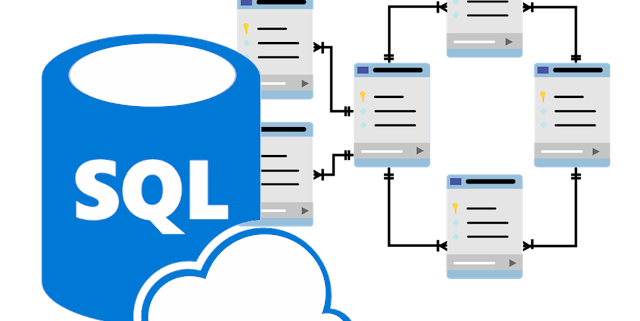Understanding Databases – A Guide to Structured Data Management
Structured Query Language (SQL) databases are the backbone of modern data management. From small businesses to large enterprises, SQL databases help organise, store, and retrieve data efficiently. Whether you’re building a web application, managing customer records, or analysing big data, SQL provides a robust foundation for structured data handling.
What is an SQL Database?
An SQL database is a relational database that uses SQL—a standardised programming language—for querying and managing data. SQL databases store information in structured tables with rows and columns, allowing for efficient relationships between data points.
Why Use SQL Databases?
SQL databases offer several advantages:
- Structured Organisation – Data is stored in tabular format, making it easy to navigate and manipulate.
- Consistency & Accuracy – Relational integrity ensures data remains consistent across different tables.
- Scalability – SQL databases can handle large datasets and support multiple users simultaneously.
- Security – Features like user authentication and permission controls help protect sensitive data.
- Efficiency – Optimised query performance allows for fast data retrieval.
Popular SQL Database Management Systems
Different SQL-based database management systems (DBMS) are available, each catering to specific needs:
- MySQL – Widely used for web applications, known for its speed and reliability.
- PostgreSQL – An advanced open-source SQL database with strong data integrity features.
- Microsoft SQL Server – A scalable enterprise-grade SQL database with powerful integrations.
- SQLite – Lightweight and embedded SQL database often used for mobile applications.
- Oracle Database – A high-performance SQL DBMS popular in large corporations and financial systems.
Essential SQL Commands
Some basic SQL commands to interact with databases include:
SELECT– Retrieves data from a database.INSERT INTO– Adds new records to a table.UPDATE– Modifies existing data in a table.DELETE– Removes records from a table.CREATE TABLE– Defines a new table structure.JOIN– Combines data from multiple related tables.
SQL vs. NoSQL Databases
While SQL databases focus on structured, relational data, NoSQL databases (such as MongoDB and Cassandra) are designed for flexibility and non-relational storage. NoSQL is ideal for large-scale distributed applications, but SQL remains the preferred choice for transactional systems requiring strict data consistency.
Conclusion
SQL databases are integral to data-driven applications, offering powerful querying capabilities and structured organisation. Whether you’re a beginner learning SQL or a developer managing complex data structures, mastering SQL databases ensures efficient and reliable data management.
Have you worked with SQL databases before? I’d be happy to help if you have any questions!



